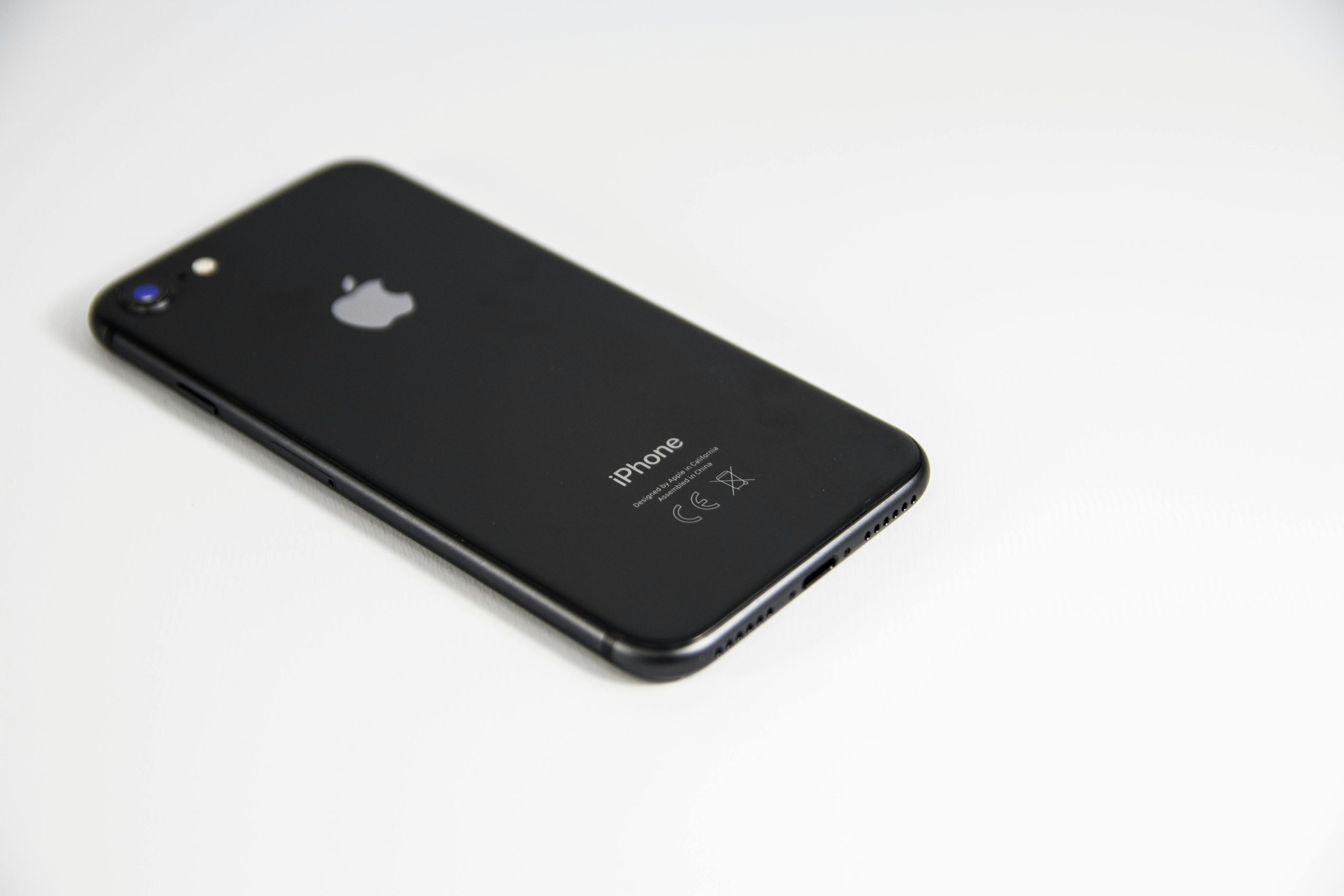The Internet of Things (IoT) has revolutionized the way we live and work, and now it’s making its way into the education sector. Technology has the potential to transform traditional classrooms into smart learning environments, providing students and teachers with new tools and resources to enhance the learning experience. In this article, we’ll explore the benefits of integrating IoT technology in education and how it can shape the future of learning.
What is IoT Technology?
Before we dive into the benefits of Tehnology in education, let’s first understand what IoT technology is. This refers to the connection of everyday objects to the internet, allowing them to send and receive data. These objects can range from smart devices like phones and watches to household appliances and even vehicles. In education, IoT technology can be used to connect devices and systems within the classroom, creating a network of interconnected devices that can communicate with each other and be controlled remotely.
Enhancing the Learning Experience :

One of the main benefits of integrating Iot technology in education is its ability to enhance the learning experience for students. With these devices, students can access a wealth of information and resources at their fingertips, making learning more interactive and engaging.
For example, a smart whiteboard connected to the internet can display real-time data and information, allowing students to interact with the material in a more dynamic way. This can also help teachers create more personalized lessons and cater to the individual needs of their students.
Improving Efficiency and Productivity :
IoT technology can also improve efficiency and productivity in the classroom. With connected devices, teachers can automate tasks such as taking attendance, grading assignments, and managing classroom resources. This frees up more time for teachers to focus on teaching and providing individualized attention to students. Additionally, IoT devices can help streamline administrative tasks, such as scheduling and communication with parents, allowing teachers to spend more time on lesson planning and student engagement.
Real-Time Monitoring and Feedback :

Technology also allows for real-time monitoring and feedback, providing teachers with valuable insights into student progress and performance. With connected devices, teachers can track student participation, engagement, and understanding of the material, allowing them to make adjustments to their teaching methods as needed. This can also help identify struggling students early on, allowing for timely intervention and support. With IoT technology, teachers can provide personalized feedback to students, helping them improve their learning outcomes.
Cost Savings :
Integrating technology in education can also lead to cost savings for schools and institutions. With automated tasks and streamlined processes, schools can save on administrative costs and reduce the need for manual labor. Additionally, IoT devices can help schools save on energy costs by automatically adjusting lighting and temperature settings based on occupancy. This can also contribute to a more sustainable and eco-friendly learning environment.
Real-World Examples of technology Integration in Education
Personalized Learning :
In the Netherlands, a primary school has implemented a personalized learning program using IoT technology. Each student is provided with a tablet that tracks their progress and adapts the learning material to their individual needs. The tablets are also equipped with sensors that monitor student behavior and engagement, providing teachers with valuable insights into student performance. This personalized learning approach has led to improved learning outcomes and increased student engagement and motivation.
Challenges of IoT Integration in Education :
While the benefits of this technology in education are clear, there are also some challenges that come with its integration.
Security and Privacy Concerns :

One of the main concerns with IoT technology is security and privacy. With a network of interconnected devices, there is a risk of sensitive data being compromised. This is especially concerning in the education sector, where student data is highly sensitive. To address these concerns, schools and institutions must ensure that proper security measures are in place to protect student data and privacy.
Cost of Implementation :
Integrating IoT technology in education can also come with a significant cost. Schools and institutions must invest in the necessary infrastructure and devices, which can be a barrier for some. However, with the potential cost savings and benefits, the long-term return on investment can outweigh the initial costs.
The Future of IoT in Education

As technology continues to advance, the potential for education is limitless. In the education sector, IoT technology is gaining importance for personalized learning. Schools will use it to enhance efficiency and productivity.


















